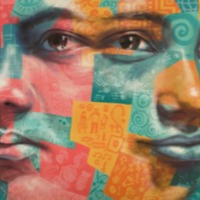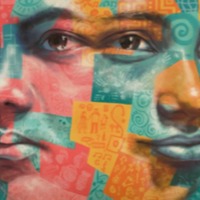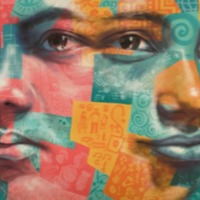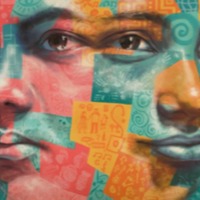
Andemariam
There is an estimated 48,000 people living in modern slavery in Libya (GSI 2018). Libya is a major transit destination for migrants and refugees hoping to reach Europe by sea. Human trafficking networks have prospered amid lawlessness, created by the warring militias that have been fighting for control of territories since the toppling of Muammar Gaddafi in 2011. Highly organized trafficking and migrants smuggling networks that reach into Libya from Niger, Nigeria, Chad, Eritrea, Ethiopia, Somalia, Sudan, and other sub-Saharan states subject migrants to forced labor and forced prostitution through fraudulent recruitment, confiscation of identity and travel documents, withholding or non-payment of wages, debt bondage, and verbal, physical, and sexual abuse. In some cases, migrants reportedly pay smuggling fees to reach Tripoli, but once they cross the Libyan border they are sometimes abandoned in southern cities or the desert where they are susceptible to severe forms of abuse and human trafficking. Andemariam, an Eritrean man, had been living and working in Sudan for over a decade when he was duped into taking the journey to Libya, where he’d been told there would be better employment opportunities. Andemariam and his friend were handed over to Libyan smugglers who imprisoned them in a store for two months before embarking on a difficult sea journey. Upon arrival in Italy, Andemariam had lost all his belongings, was sick, and was unable to find work. He later traveled to Germany to seek. medical attention At the time of the interview (2015) he was still waiting to hear about his refugee status.

Miguel
There are an estimated 403,000 people living in conditions of modern slavery in the United States (GSI 2018). The US attracts migrants and refugees who are particularly at risk of vulnerability to human trafficking. Trafficking victims often responding to fraudulent offers of employment in the US migrate willingly and are subsequently subjected to conditions of involuntary servitude in industries such as forced labour and commercial sexual exploitation. Miguel travelled from Mexico to the United States in search of work to support his family, including his sick son. Miguel along with five others paid for assistance to cross the boarder to the US and on to Florida where they were met by their ‘boss’ who informed them they would work to pay off their debts. Miguel tells of how he was forced to work under constant threats for little pay.

Lalli
India has a population of more than 1.3 billion people, there are still at least 270 million people living on less than US$1.90 per day. While laws, systems and attitudes regarding key 'fault lines' such as the caste system, gender and feudalism are rapidly changing, social change of this depth and scale necessarily takes time. In this context, it is perhaps unsurprising that existing research suggests that all forms of modern slavery continue to exist in India, including intergenerational bonded labour, forced child labour, commercial sexual exploitation, forced begging, forced recruitment into nonstate armed groups and forced marriage. Interviewed by NGO Voices 4 Freedom, Lalli is forced to work in the fields all day to pay back a debt incurred when her children fell ill.

Intan
Intan is an Indonesian woman who was enslaved in Malaysia doing work that was hazardous to her health. Foreign workers constitute more than 20 percent of the Malaysian workforce and typically migrate voluntarily—often illegally—to Malaysia from Bangladesh, India, Nepal, Burma, Indonesia, the Philippines, and other Southeast Asian countries, often in pursuit of better economic opportunities. However, workers can find themselves imprisoned, exploited, and in debt bondage. The law allows many of the fees of migration, which are first paid by employers, to be deducted from workers’ wages, incentivizing employers to prevent workers from ending their employment before fees are recovered.